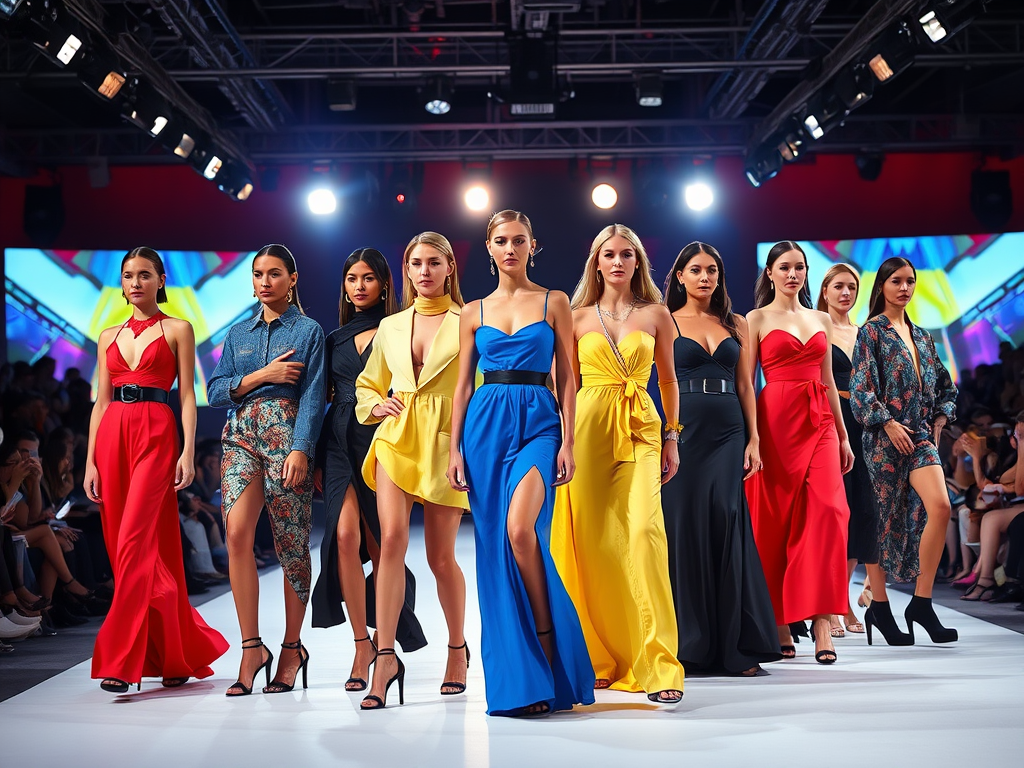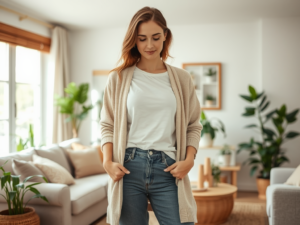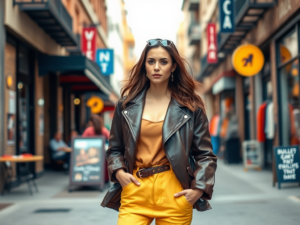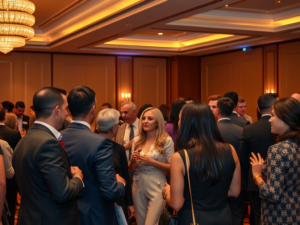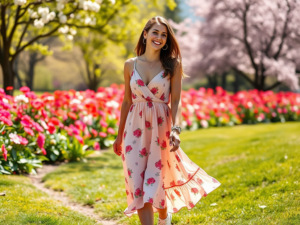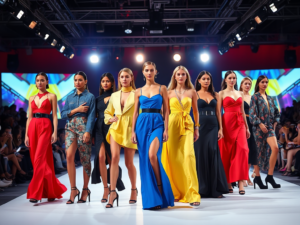Runway fashion is a captivating blend of art and expression, transporting audiences into the imaginative realms of designers. At the forefront of this phenomenon, runway outfits tell stories and convey concepts that resonate with culture, lifestyle, and even the social climate. They serve as not only clothing but also powerful visual statements that can inspire change and evoke emotion. As we delve deeper into the elements that make up these stunning ensembles, we will uncover the nuances that define the contemporary fashion landscape. In the vibrant world of fashion shows, every detail matters. It’s essential to appreciate how various components come together to create looks that are not only aesthetically pleasing but also culturally significant. Understanding how fabrics, colors, silhouettes, accessories, and styling interplay allows both designers and enthusiasts to appreciate the intricate craftsmanship of runway outfits. As we explore these key elements, we will also highlight current trends and innovations that guide the direction of fashion.
The Fabric of Runway Fashion
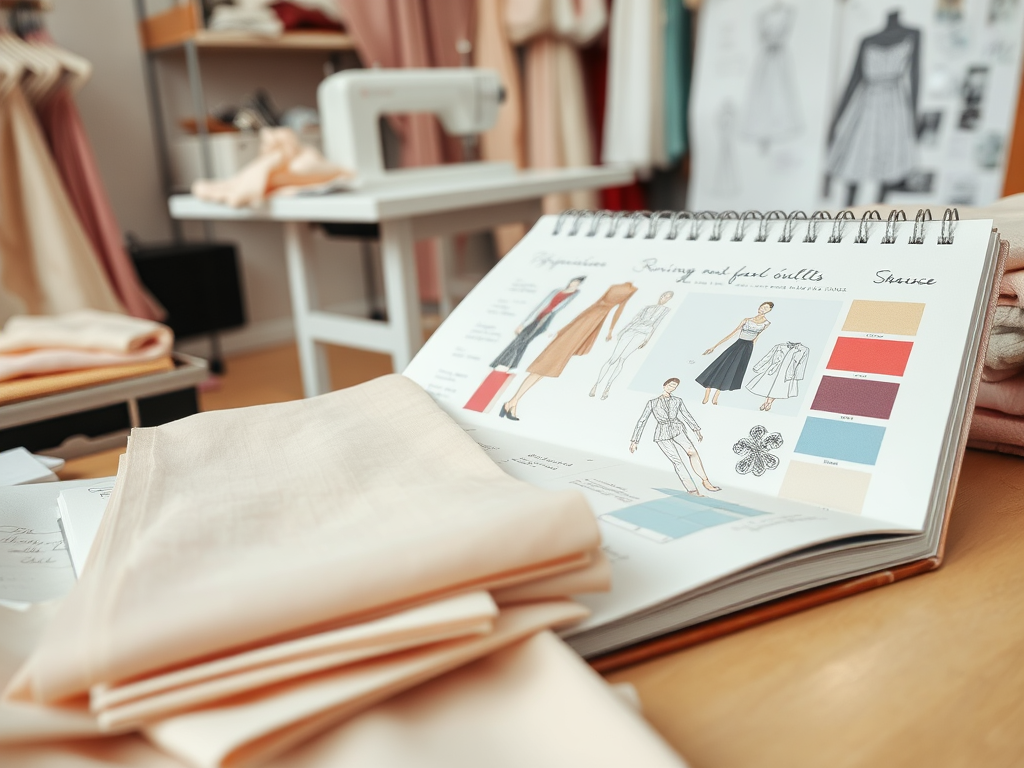
Fabrics play a vital role in defining the visual and tactile experiences of runway outfits. Designers experiment with various materials, venturing beyond traditional textiles to capture the audience’s attention. As trends evolve, so do the choices of fabrics, leading to innovative textures and sustainable options making their way onto the runway. One key aspect is that the selection of a fabric can significantly affect the overall aesthetic and functionality of an outfit. Here are some popular types of fabrics you might encounter in runway fashion:
- Silk: Luxurious and fluid, perfect for evening wear.
- Linen: Natural and breathable, ideal for summer collections.
- Wool: Versatile and warm, often used in winter collections.
- Cotton: A staple choice that balances comfort and style.
- Synthetic Fabrics: Innovative materials that offer unique textures.
Innovative materials are shaping modern fashion, moving towards a more sustainable future. Designers today embrace eco-friendly fabrics, such as organic cotton and recycled polyester, responding to consumer demands for environmental responsibility.
Color and Palette Selection
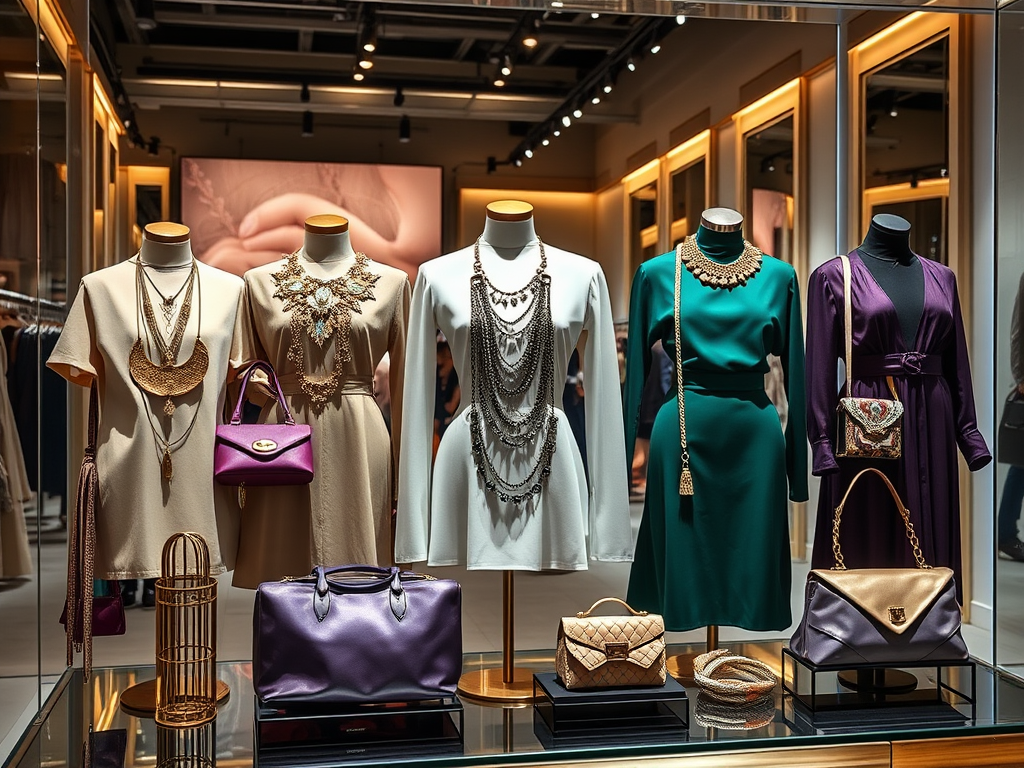
The color options in runway outfits create an emotional connection and can trigger specific feelings in the audience. Designers carefully select palettes that resonate with the themes and messages they want to convey. Not only do colors impact the mood of an outfit, but they can also reinforce cultural narratives. For example, the following colors are often associated with particular meanings:
- Red: Passion and energy.
- Blue: Calm and trust.
- Black: Elegance and allure.
- Green: Nature and renewal.
- Yellow: Optimism and cheerfulness.
Understanding the psychology behind color choices empowers designers to craft outfits that resonate deeply with viewers. Each shade brings its own emotional weight, transforming how an audience perceives a look.
Silhouette and Fit
The silhouette of an outfit is crucial in defining its character and appeal. Fashion trends continually shift, leading to diverse styles ranging from structured pieces to flowing garments. The right silhouette enhances the figure while reflecting current trends. Below is a table showcasing common silhouettes found on the runway along with their characteristics:
| Silhouette Type | Description |
|---|---|
| A-Line | Flares out from the waist, creating a flattering shape. |
| Sheath | Form-fitting and showcases the body’s curves. |
| Ball Gown | Features a fitted bodice and full skirt, often used in formal wear. |
| Shift | Lose fitting; drapes in a straight line from shoulders down. |
| Peplum | Incorporates a ruffled fabric at the waist, adding volume. |
While aesthetic appeal is paramount, comfort also plays a crucial role in the success of runway outfits. Designers strive to create clothing that not only looks good but feels good to wear, ensuring that models can confidently showcase their creations on the runway.
Conclusion
Runway outfits embody a fascinating mix of creativity, craftsmanship, and storytelling. By understanding the essential elements—fabric, color, silhouette, accessories, and styling—we gain insight into the artistry behind the trends shaping the fashion world today. Each element plays a pivotal role in crafting looks that resonate with audiences and reflect cultural significance.
Frequently Asked Questions
- What are the essential components of a runway outfit? The essential components include fabric, color, silhouette, and accessories.
- How do designers choose colors for their collections? Designers often consider seasonal trends, emotional responses, and cultural influences when selecting colors.
- Why are accessories important in runway fashion? Accessories enhance the outfit’s character and allow for personal expression.
- What role does styling play in runway shows? Styling is crucial as it curates a cohesive and impactful presentation of the collection.
- How has sustainability influenced runway fashion? There is a growing trend towards the use of sustainable materials and practices, reflecting a shift in consumer preferences and industry responsibilities.
